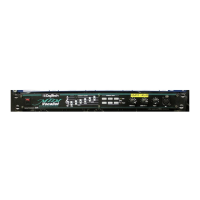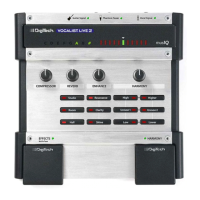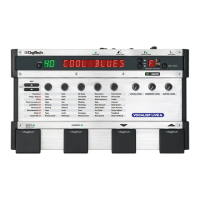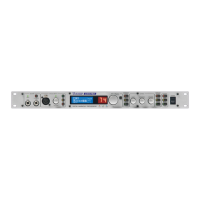21
A well-crafted vocal harmony can do a great deal towards enhancing a musical selection. The
contrast between a lone singing voice and a group of voices signing together makes the music
that much more interesting.
But harmonies can be somewhat difficult to understand, so in this chapter, we will try and
demystify this process. Discussed will be the concept of “musically correct” harmonies and the
difference between the two essential harmony types utilized by the Vocalist ACCESS: Scale and
Chord Harmony Control Modes.
Musically Correct
No, this isn’t a variation of “politically correct”, but it still implies a certain level of responsibili-
ty. This responsibility is to produce a combination of notes that is pleasing to sensibilities accus-
tomed to the western twelve tone scale.
Harmonies that are “correct” are referred to as being “Diatonic” which is defined as:
any melody or group of chords that conforms to a single scale or key.
To illustrate this, see the C major scale below. Whether you studied music or not, you’ve no
doubt heard it somewhere and could probably sing it from memory.
A diatonic, correct harmony could be shown by simply taking all the notes in this scale and mov-
ing them up one line on the staff. Notice in the example below of a 3rd above harmony that the
harmony notes shown in grey belong to the scale.
If any of the harmony notes were sharped or flatted they would fall outside this particular scale
and would not be diatonic. This theory holds for all of the different types of scales such as major,
minor, diminished, augmented and wholetone.
VOCALIST VR
A well-crafted vocal harmony can do a great deal towards enhancing a musical selection. The
contrast between a lone singing voice and a group of voices signing together makes the music
that much more interesting.
But harmonies can be somewhat difficult to understand, so in this chapter, we will try and
demystify this process. Discussed will be the concept of “musically correct” harmonies and the
difference between the two essential harmony types utilized by the Vocalist VR: Scale and
Chord Harmony Control Modes.

